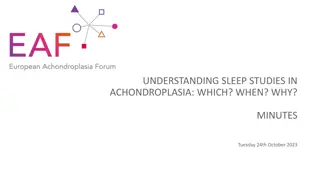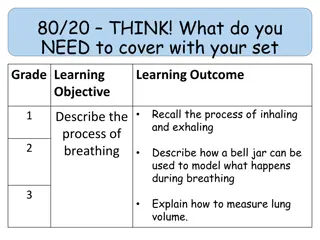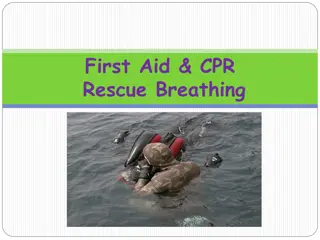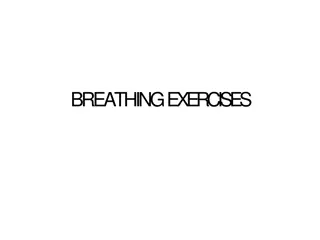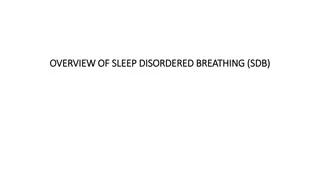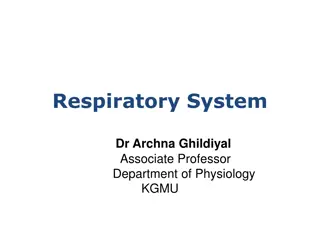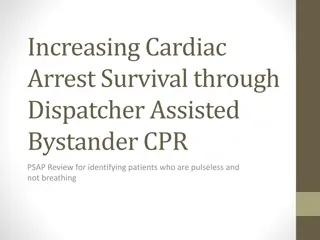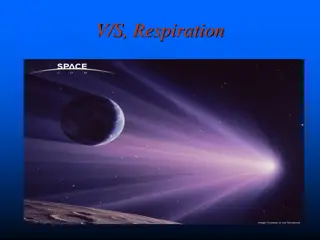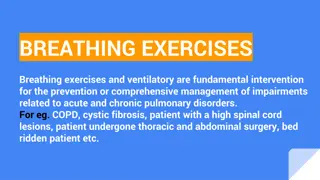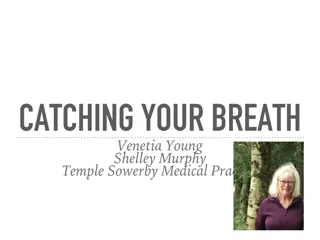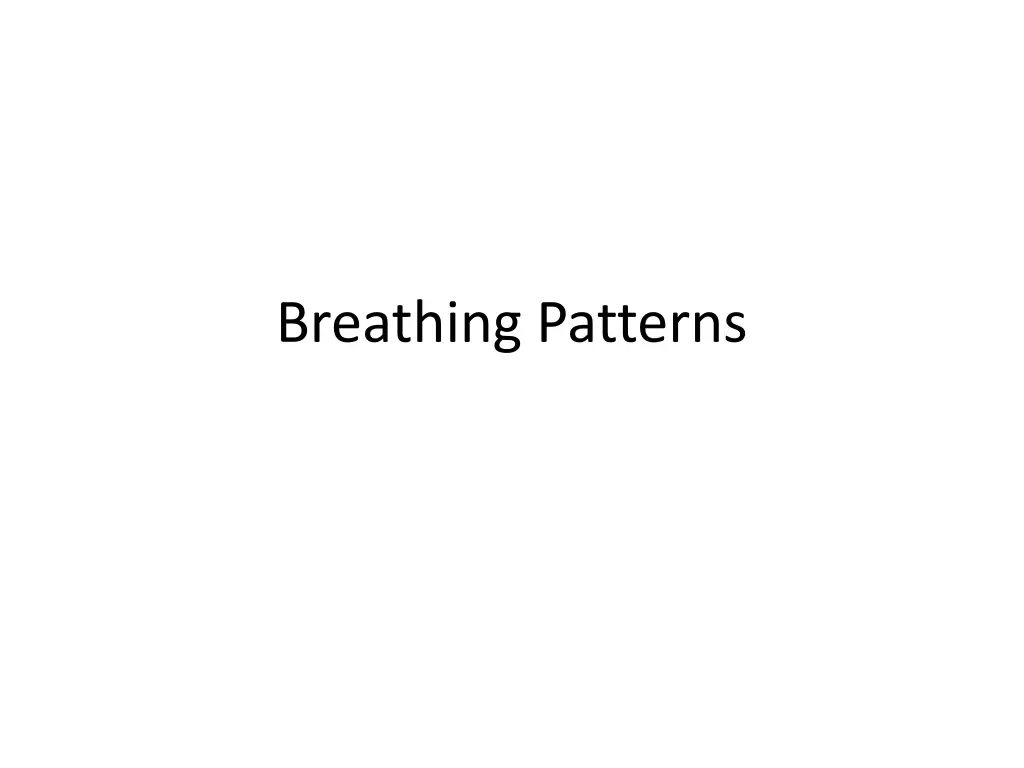
Understanding Different Breathing Patterns and Their Implications
Explore various breathing patterns such as Orthopnea, Biots, Cheyne-Stokes, and Kussmal breathing. Understand the characteristics of each pattern, their causes, and associated conditions. Learn how these abnormal breathing patterns can indicate underlying health issues and impact prognosis.
Download Presentation

Please find below an Image/Link to download the presentation.
The content on the website is provided AS IS for your information and personal use only. It may not be sold, licensed, or shared on other websites without obtaining consent from the author. If you encounter any issues during the download, it is possible that the publisher has removed the file from their server.
You are allowed to download the files provided on this website for personal or commercial use, subject to the condition that they are used lawfully. All files are the property of their respective owners.
The content on the website is provided AS IS for your information and personal use only. It may not be sold, licensed, or shared on other websites without obtaining consent from the author.
E N D
Presentation Transcript
Orthopnea breath better sitting up Hyperpnea Deep breathing Hypopnea Shallow breathing Tachypnea Rapid Breathing Dyspnea Labored Breathing Hyperventilation a breathing pattern resulting in a lowering of the PaCO2 level
Biots Breathing Biot's respiration, sometimes also called cluster respiration,]is an abnormal pattern of breathing characterized by groups of quick, shallow inspirations followed by regular or irregular periods of apnea. It generally indicates a poor prognosis. Biot's respiration is caused by damage to the medulla oblongata due to strokes or trauma or by pressure on the medulla due to uncal or tentorial herniation.
Cheyne-Stokes an abnormal pattern of breathing characterized by oscillation of ventilation between apnea and tachypnea with a crescendo-decrescendo pattern in the depth of respirations, to compensate for changing serum partial pressures of oxygen and carbon dioxide. This abnormal pattern of breathing, in which breathing is absent for a period and then rapid for a period, can be seen in patients with heart failurestrokes, traumatic brain injuries and brain tumors. In some instances, it can occur in otherwise healthy people during sleep at high altitudes. It can occur in all forms of toxic metabolic encephalopathy.[6]It is a symptom of carbon monoxide poisoning, along with syncope or coma. This type of respiration is also often seen after morphine administration.
Kussmal Breathing deep and labored breathing pattern often associated with severe metabolic acidosis, particularly diabetic ketoacidosis (DKA) but also renal failure. It is a form of hyperventilation, breathing which is increased above the normal rate. In metabolic acidosis, breathing is first rapid and shallow but as acidosis worsens, breathing gradually becomes deep, slow, labored and gasping. The term is never used in conjunction with respiratory acidosis, because breathing is shallow and slow in those cases (decreased excretion of CO2).

